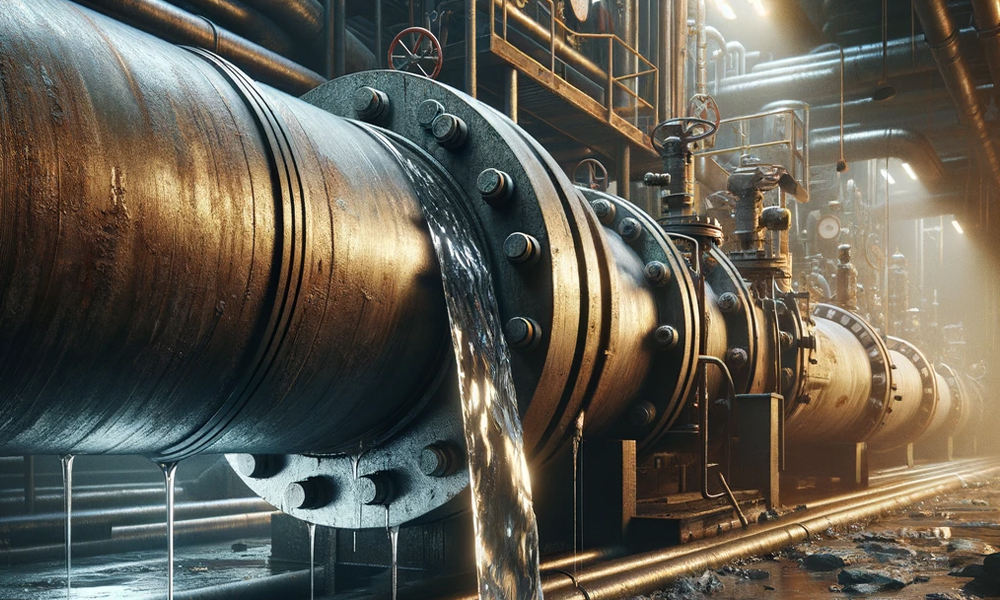 The oil and gas industry, a vital component of the global economy, relies heavily on the integrity and functionality of its infrastructure, particularly pipelines. Preventative Maintenance (PM) programs are crucial in maintaining these assets, ensuring operational efficiency, and safeguarding against environmental disasters.
The oil and gas industry, a vital component of the global economy, relies heavily on the integrity and functionality of its infrastructure, particularly pipelines. Preventative Maintenance (PM) programs are crucial in maintaining these assets, ensuring operational efficiency, and safeguarding against environmental disasters.
Why Preventative Maintenance?
- Extended Asset Life: Regular maintenance helps extend the lifespan of pipelines by preventing premature deterioration. This is vital for minimizing operational costs and maximizing return on investment.
- Reduced Risk of Failures and Leaks: Pipeline failures can lead to significant environmental damage, financial loss, and regulatory penalties. PM programs help identify and address potential issues before they escalate into major failures.
- Enhanced Safety: Safety is paramount in the oil and gas industry. Preventative maintenance ensures that pipelines operate within safe parameters, protecting not only the workforce but also nearby communities and the environment.
- Regulatory Compliance: The oil and gas sector is heavily regulated. Adherence to maintenance schedules is often mandated by law to ensure safety and environmental protection. PM programs help companies stay compliant with these regulations.
- Cost-Effectiveness: While PM programs require upfront investment, they are far less costly than the expenses associated with emergency repairs, clean-up operations, and downtime due to pipeline failures.
Implementing Effective Preventative Maintenance Programs
To be effective, PM programs should be comprehensive and systematic, encompassing regular inspections, routine maintenance, and the timely replacement of parts. Leveraging advanced technologies such as predictive analytics and various sensors can significantly enhance the efficiency of these programs, allowing for real-time monitoring and early problem detection.
Conclusion
In conclusion, preventative maintenance programs are not just a regulatory requirement in the oil and gas industry—they are a critical investment in the longevity and efficiency of pipeline infrastructure. By prioritizing these programs, companies can avoid costly disruptions, maintain regulatory compliance, and protect the environment and public safety.

